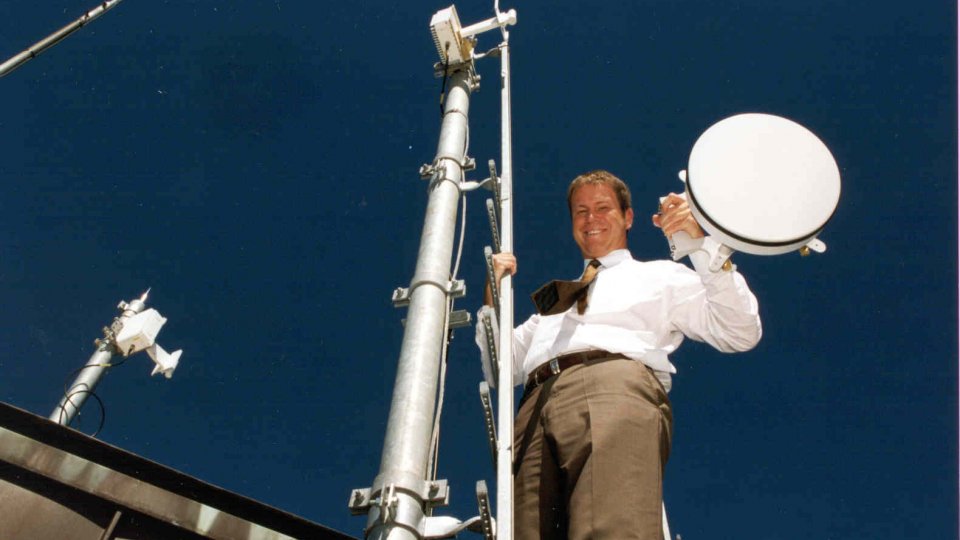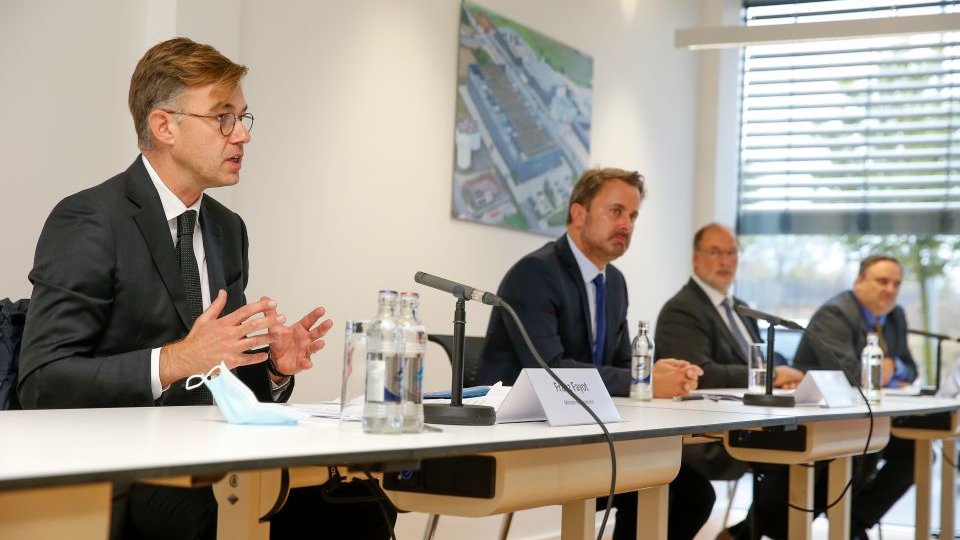The Chamber of Deputies adopted on 8 February 2017 Bill No. 6867 aimed at cutting the cost of rolling out high-speed broadband.
The new Law is in line with both the national ‘Very High Speed Broadband For All’ strategy, which aims to ensure that by 2020 all households in the Grand Duchy will have access to ultra-fast Internet connection speeds of 1 Gbit/s, and the ‘Digital Lëtzebuerg’ initiative.
The deployment of high-speed broadband networks is relatively expensive, mainly because of the civil engineering work involved: it represents about 70% of the total cost of rolling out a Next Generation Network (NGN).
Most of this cost is due to the deficiencies in the deployment process in connection with the use of existing passive infrastructures (such as ducts, piping, manholes, junction boxes, poles, pylons, installations connected with aerials, towers and other supports), to bottlenecks in the coordination of the civil engineering work, and to obstacles to the deployment of networks inside buildings, which raises substantial financial difficulties, particularly in rural areas.
The Grand Duchy is pursuing the objective of a digital economy boasting sustainable economic and social advantages, using modern online services and fast Internet connections. A high-quality digital infrastructure constitutes the foundation on which nearly all the sectors of a modern, innovative economy are based, and is of strategic importance for social and territorial cohesion. As a result, all residents as well as the public and private sectors should be able to participate in the digital economy.
Cutting the cost of deploying high-speed electronic communications networks also contributes to achieving the digitalisation of the public sector, which makes it possible not only to cut the costs of public administrations and provide the public with more efficient services, but also to exert digital leverage on every sector in the economy. It is with this in mind that the Law provides for measures to facilitate the roll-out of high-speed broadband:
- Facilitating access to existing physical infrastructures
The operators of electronic communications networks will be able to reuse the existing physical infrastructures, particularly those of operators of other networks (such as the physical networks for the supply of electricity, gas and water, sanitation networks, and sewer and heating systems) in setting up electronic communications networks. This could make it possible to substantially reduce the cost of deploying fibre, by rendering large-scale civil engineering work unnecessary.
- Increasing transparency with regard to physical infrastructures
For efficient planning of the roll-out of high-speed electronic communications networks, businesses supplying public communications networks may request a set of minimum information on the physical infrastructures available in the deployment area.
- Making it possible to coordinate civil engineering work
Coordinating the civil engineering work for physical infrastructures could make significant savings possible and minimise the inconvenience the work causes in the surrounding area. The Law defines a right to negotiate the coordination of civil engineering work in favour of the operators of electronic communications networks.
- Modernising the procedure for issuing authorisations
All the information relevant to the procedures and general conditions applicable to civil engineering work will be accessible via the online one-stop shop.
- Modernising facilities in buildings: internal cabling
The Law makes it easier to set up high-speed electronic communications networks as far as the final user, including by making provision for physical infrastructures and cabling suitable for high-speed broadband inside buildings, for new constructions. To facilitate deployment inside blocks of flats, the Law provides that general meetings of joint owners may make the decision to install internal cabling suitable for high-speed broadband by a simple majority vote of the joint owners. While installing an ultra-fast broadband network seems obvious when building a new construction, many older buildings do not yet have the physical infrastructures and cabling suitable for current technologies. The cost of installing such elements represents a single forward-looking investment. Although it is a long-term investment, it is amortised in the short term, since it is likely to increase the value of the property and attract the interest of potential tenants by providing the additional comfort of the presence of a passive infrastructure and internal cabling, in comparison with a property without such a connection. In the future, a high-speed broadband connection will become a first-line argument for tenants, who do not want to do without the comfort of an ultra-fast Internet connection at home to be able to carry out many operations online, such as administrative procedures, banking transactions, online purchases, entertainment services (video on demand, the streaming of online content, networked gaming, etc.). These activities require ever greater volumes of bandwidth. Such an investment makes it possible to add a ‘modern touch’ to even the oldest buildings at minimal cost.







